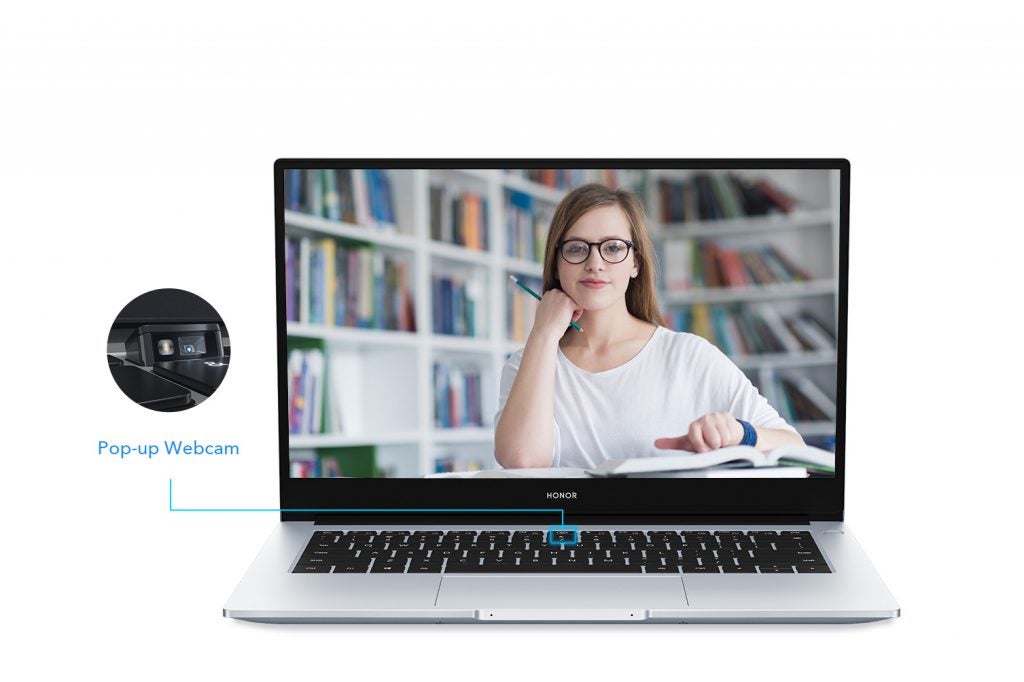Ctrl+Alt+Delete: Webcams need to be drastically improved on laptops

The webcam has always felt like an afterthought for laptops, and I can understand why to some extent. What would be more exciting: a sleek new design, blazing-fast processor or a 4K webcam? I doubt many people would have picked the latter 18 months ago.
But things have changed. The webcam has never been more important with remote working becoming the norm and video feeds becoming an increasingly more common option for meetings and job interviews.
Despite the growing importance of the webcam, I’d argue that laptop manufacturers are still neglecting it. Various major laptop manufacturers have announced that they’re optimising laptops for remote working recently, with improved microphones, more portable designs and longer battery life. And yet, most manufacturers have left the webcam’s video capture quality at a pitiful 720p.
A 720p resolution is the bare minimum video quality for a webcam. While this resolution is perfectly adequate enough to Zoom your grandma or have a meeting with your boss, it does mean your video feed will be blighted by an ugly grainy effect, which looks like you’re staring at your reflection in a dirty mirror.

A jump up to a 1080p video capture would immediately address this issue, with a sharper and less pixelated picture quality. But to be fair to laptop manufacturers, there are many obstacles to overcome in order to push up the video quality to Full HD.
Price is the first consideration. I’d argue that laptops are already too expensive, with the average high-end ultrabook costing over a grand. Boosting the webcam’s capture quality will only push up that price further, unless you make a sacrifice elsewhere.
I’d personally opt for a slightly less powerful processor if it meant I could get a 1080p webcam. We’re now at the stage where the majority of modern AMD and Intel laptop processors are comfortably powerful enough to blitz through basic productivity tasks, so taking a hit to the specs probably won’t be very noticeable at all. I’m sure many people won’t feel the same way as me, but it would still be a nice option to have.
But the bigger issue for improved webcams is the lack of space in the laptop’s top bezel. This seems to be a major head-scratcher issue for laptop manufacturers, even with 720p cams. The Honor MagicBook 14 has a pop-up camera in the keyboard to overcome this issue, but with a unflattering view up your nostrils as a trade-off. And then there’s the Asus ROG Zephyrus G14, which ditched the webcam altogether, encouraging owners to purchase an external clip-on webcam instead. Neither solution is ideal.

This problem is only becoming more prevalent since the new laptop trend is to squeeze down the bezel as much as possible to provide more screen space. The likes of the Dell XPS 13 can just about fit a 720p cam in there, but squeezing in a higher resolution 1080p camera seems impractical.
But that doesn’t mean laptop manufacturers should give up on the 1080p webcam. There are plenty of workarounds worth exploring, such as pop-up webcams housed in the top bezel or even the infamous holepunch and teardrop designs adopted by smartphones. If Samsung can fit a 4K selfie camera on the Galaxy S21, why is it not possible to fit a 1080p webcam on a Galaxy Book?
Laptops that cost well over a grand – I’m looking at you Dell XPS and MacBook Pro – should be offering the option of a 1080p camera at the very least. And even if the technology isn’t quite there yet, I hope laptop manufacturers are at least exploring options to upgrade webcams to a 1080p resolution rather than settling with 720p for the foreseeable future.
Ctrl+Alt+Delete is our weekly computing-focussed opinion column where we delve deeper into the world of computers, laptops, components, peripherals and more. Find it on Trusted Reviews every Saturday afternoon.


